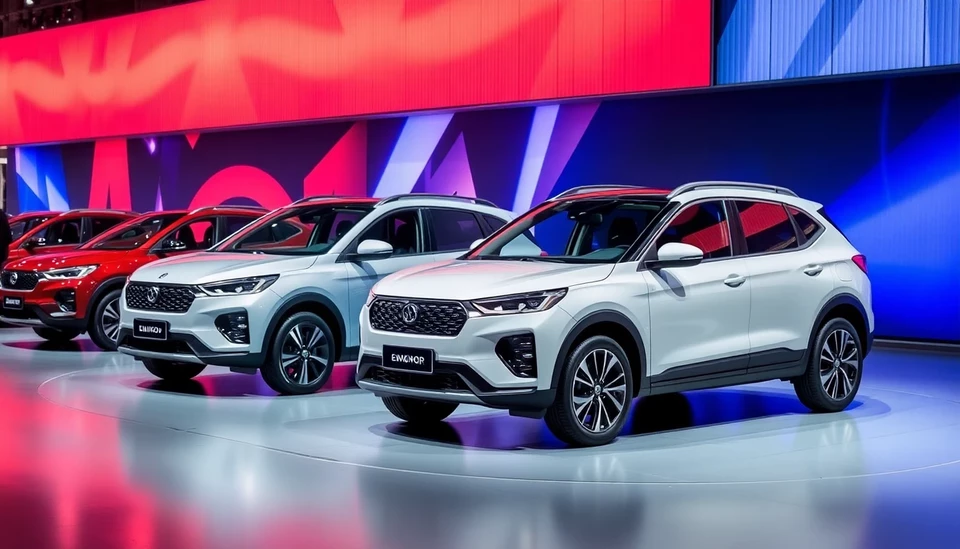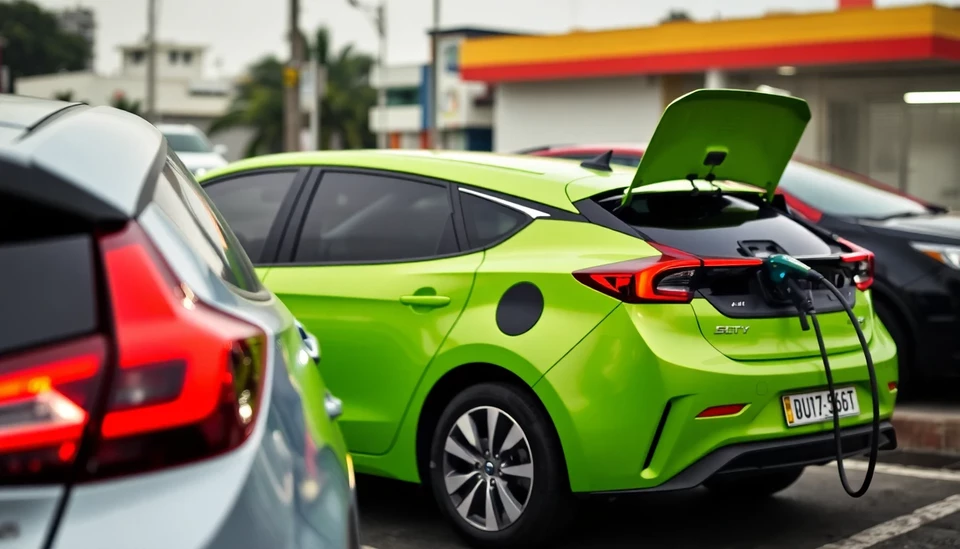
As the automotive landscape continues to evolve, a significant shift is occurring with the surge of affordable Chinese vehicles entering the U.S. market. These budget-friendly options are compelling U.S. consumers and presenting a formidable challenge to domestic automakers.
In recent years, Chinese automakers have developed a reputation for producing high-quality cars at lower price points. With the rise of electric vehicles (EVs) and the push for more sustainable transportation options, these Chinese companies are seizing the opportunity to penetrate the American market. This trend is driven not only by the allure of competitive pricing but also by the evolving tastes of American consumers, who are increasingly open to considering foreign brands.
Industry analysts note that the affordability of these vehicles plays a significant role in their appeal. Many American consumers are feeling the pinch of inflation, leading to a search for more budget-conscious alternatives in a market traditionally dominated by well-established U.S. brands. As wages stagnate and inflation rises, the affordability of Chinese automobiles becomes increasingly attractive.
The features offered by these vehicles are also noteworthy. Chinese manufacturers are investing heavily in technology, providing cars equipped with modern amenities such as advanced infotainment systems, safety features, and electric powertrains. These advancements often rival their domestic counterparts, which are struggling under the weight of traditional manufacturing costs and legacy systems.
Some experts argue that the entry of these affordable Chinese cars could potentially reshape the dynamics of the American automotive industry. With a growing segment of American consumers attracted to these budget options, there is a concern that legacy automakers may face declining sales and market share. In response, some U.S. manufacturers are beginning to rethink their strategies, focusing more on electric vehicles and emphasizing innovative technology to compete with their Chinese counterparts.
In addition to price and features, the marketing strategies of these Chinese automakers are also worth noting. They are emphasizing a combination of quality, affordability, and technological advancement in their messaging. By positioning themselves as forward-thinking and cost-effective, these brands are resonating with a younger demographic that values both price and sustainability.
Furthermore, geopolitical tensions and trade relations may influence the trajectory of this burgeoning competition. The incoming U.S. administration's policies concerning international trade could have significant implications for the importation of Chinese vehicles and the broader automotive landscape. As tariffs and trade agreements evolve, they will play a pivotal role in determining the feasibility of continued market penetration by these budget-friendly alternatives.
Ultimately, as the landscape develops, it will be critical for both U.S. manufacturers and Chinese entrants to adapt to the changing preferences of consumers. The battle for market share is far from over, and only time will reveal how the arrival of affordable Chinese automobiles will reshape the future of the American automotive industry.
#ChineseCars #USAutoMarket #AffordableVehicles #ElectricVehicles #AutomotiveTrends #CarShopping #MarketCompetition #SustainableTransportation
Author: Victoria Adams
